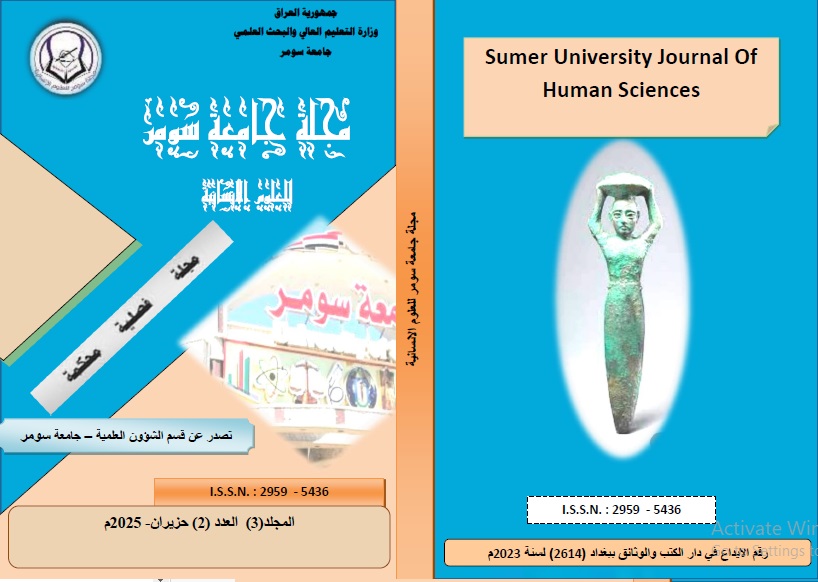Abstract
Child begging has become a pressing issue affecting many societies, including Iraqi society, due to its numerous negative consequences. Despite the presence of multiple factors contributing to the spread of this phenomenon, its growing prevalence demands careful examination. This study addresses the issue of child begging in the city of Al-Rifai from a spatial analysis perspective, identifying key locations where child beggars are concentrated, exploring the underlying causes of the phenomenon, and assessing its social, economic, psychological, and security-related impacts on the city's residents.
The researcher employed a descriptive-analytical method to explore the dimensions and implications of the issue. In addition, a social survey was conducted through direct interviews with a random sample of child beggars. The findings revealed a high concentration of child begging in densely populated areas, commercial zones, and marketplaces. Al-Sharq neighborhood ranked highest in terms of child beggar presence (18.6%), while Al-Karama and Al-Muallimeen neighborhoods recorded the lowest rates (3.7% each). The study concludes with a set of proposed solutions and recommendations aimed at mitigating the phenomenon.
The researcher employed a descriptive-analytical method to explore the dimensions and implications of the issue. In addition, a social survey was conducted through direct interviews with a random sample of child beggars. The findings revealed a high concentration of child begging in densely populated areas, commercial zones, and marketplaces. Al-Sharq neighborhood ranked highest in terms of child beggar presence (18.6%), while Al-Karama and Al-Muallimeen neighborhoods recorded the lowest rates (3.7% each). The study concludes with a set of proposed solutions and recommendations aimed at mitigating the phenomenon.
Keywords
Al-Rifai City
begging
Spatial Analysis
Abstract
لقد باتت ظاهرة تسول الأطفال من المشاكل التي تعاني منها مجتمعات عدة ومنها المجتمع العراقي نتيجة الانعكاسات السلبية التي تتولد عن هذه الظاهرة على الرغم من وجود عوامل كثيرة تدفع باتجاه تفشي مشكلة التسول لدى الاطفال, ولأهمية هذه الظاهرة فقد تم تناولها في مدينة الرفاعي من منظور تحليل مكاني، من خلال تحديد أماكن تمركز الاطفال المتسولين، وأسباب انتشار الظاهرة ، وآثارها على سكان المدينة من النواحي الاجتماعية، والاقتصادية , والنفسية , وقد استخدم الباحث منهج الوصف التحليلي لبيان هذه الظاهرة ودوافعها واثارها على السكان , فضلا عن استخدام المسح الاجتماعي عن طريق اجراء المقابلات المباشرة لعينة عشوائية من الأطفال المتسولين , إذ أظهرت النتائج وجود تسول واضح في المناطق ذات الكثافة السكانية العالية والمناطق التجارية والأسواق, حيث احتلت منطقة حي الشرق المرتبة الأولى بعدد المتسولين وبنسبة (18.6%), بينما جاء حي الكرامة وحي المعلمين بالمرتبة الأخيرة بنسبة بلغت (3.7%) على التوالي, وفي نهاية البحث تم اقترح حلول وتوصيات عدة لمعالجة هذه الظاهرة.
Keywords
التحليل المكاني ، المتسولين، مدينة الرفاعي.
